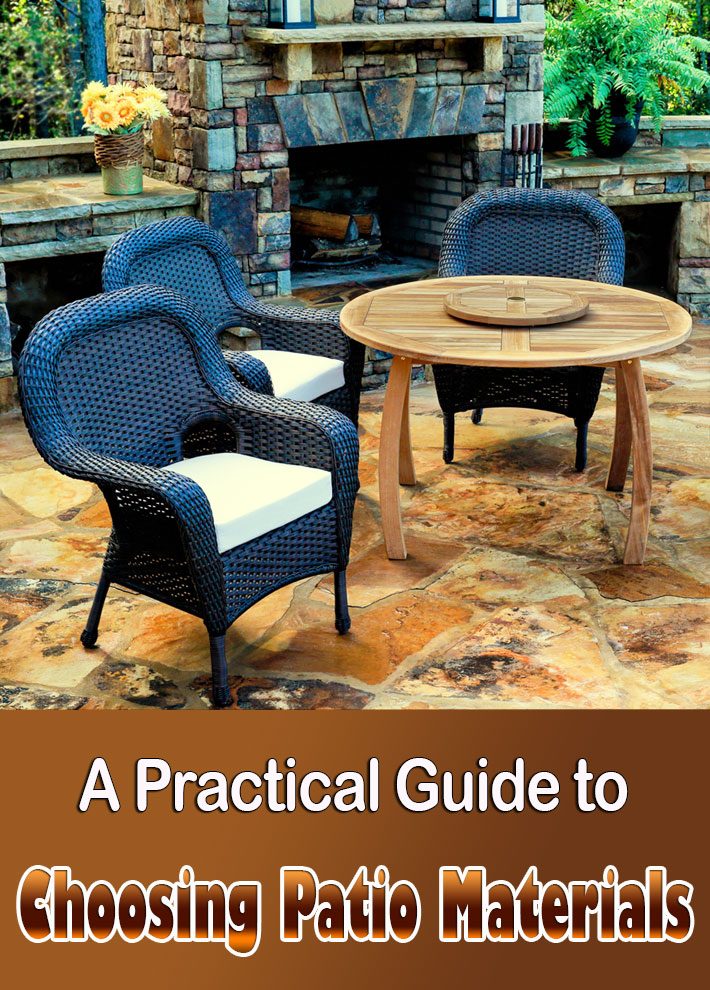
When it comes to patio materials, patios are made of pretty much one of six basic materials. It’s what you do with these materials that can give your outdoor surface an individual look or personal expression. The patio material you choose will be determined by personal preference, the location of the patio, your budget, and the size of the outdoor space, and what’s available in your area.
Before starting a patio project, check into local building codes for setback and other requirements.
Patio Surfaces: Concrete

It would be difficult to find anything more versatile and adaptable than concrete for a patio floor. The time-tested recipe combines a mixture of sand, water, cement, and gravel and offers even more options than brick.
By using well-constructed forms, concrete can mold and conform to nearly any surface shape. is durable and easy to maintain. It’s durable and easy-to-maintain finish can be:
- Smooth
- Stamped
- Brushed
- Scored
- Colored or tinted
- Decorated with inlays
- Painted
- Surfaced with other materials, including pebbles (aggregate)
- Patterned
Patio Flooring: Brick
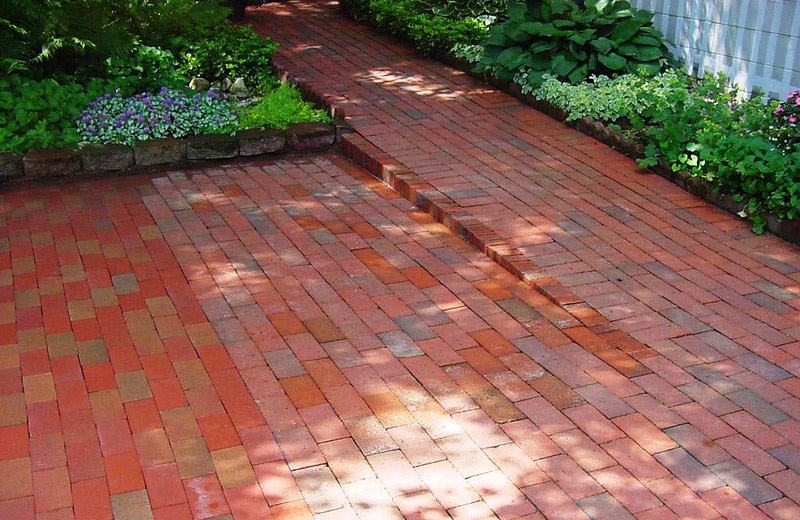
For thousands of years, brick has been made by firing a mixture of clay and other materials in a kiln. It is sturdy, lasts a long time, and has a neat, classic look that goes with many landscape and architectural styles. Versatile, it can be used for patio floors along with pathways and as edging. It works for both formal and rustic landscape and house styles.
Patio Surfaces: Flagstone
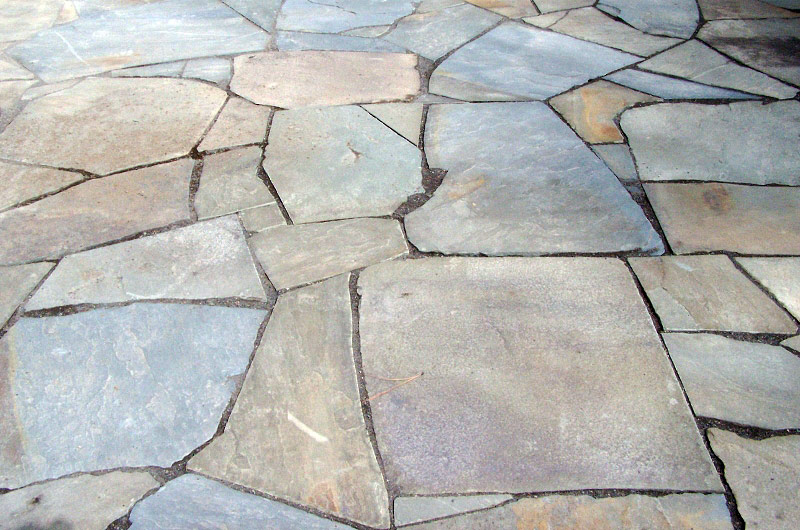
The large, flat slabs of stone are usually 1 to 3 inches thick and are identifiable by their irregular shapes. Flagstone has a slightly roughened surface, which will provide good traction when wet.
For patio flooring, flagstones need to be at least 1½ inches thick and should be laid directly on soil or a bed or sand. Thinner slabs can also be used, but will need to be laid in concrete or wet mortar to prevent cracking.
Patio Flooring: Pavers

At one time, concrete pavers were primarily available only in blah gray or off-pink squares, which made them look somewhat institutional. Now available in more natural-looking colors and textures, pavers can be made to look like brick, cobblestones, or cut stone. Interlocking pavers fit together like puzzle pieces and don’t need grout or mortar.
Patio Surfaces: Tile
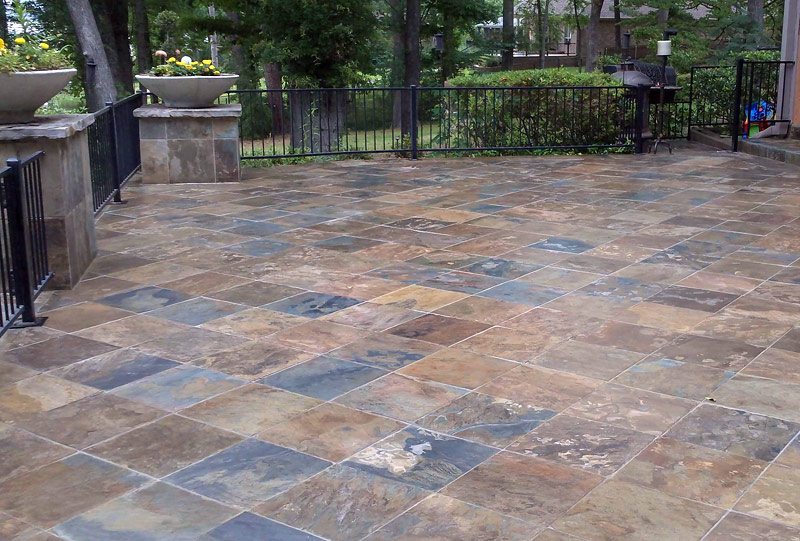
It’s best to use unglazed ceramic tile for a patio floor, leaving the glazed decorative tile for edges and accents. Glazed tile has a smooth finish, and when it gets wet, can create a slippery, unsafe environment.
The three kinds of unglazed tile for patio surfaces are:
- Porcelain: Fired at a high temperature, these tiles are stain resistant and tough.
- Terracotta: Rustic looking, but porous and best for mild climates.
- Quarry: Textured tiles that offer traction without too much unevenness.
Sealers and coatings or enhancers will protect outdoor tile from stains, wear, and moisture, while retaining or enhancing their natural color.
Patio Flooring: Cut Stone
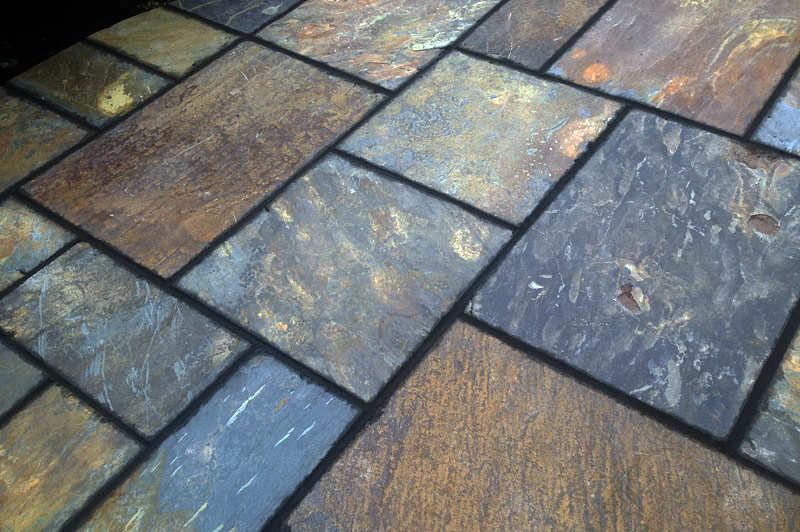
Also known as stone tile, cut stone is similar to flagstone although it is cut into square or rectangular shapes. Because of its geometric form and layout, cut stone is used for more formal applications than uneven flagstone. It has smooth faces and square edges, and can be laid in even rows or spaced apart, with a ground cover or loose material filling the gaps.
Cobblestones, or stone blocks, are also known as Belgian blocks. Cobbles are usually used in small areas or as edging for other materials, like brick, granite, or flagstone.
- Granite
- Marble
- Slate
- Travertine
- Limestone
- Blue stone
- Phyllite
- Sandstone
Patio Surfaces: Loose Materials
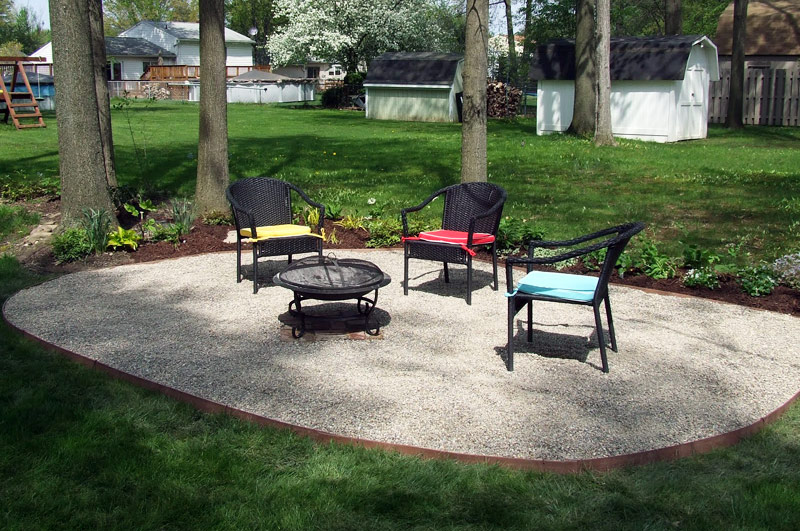
Once considered a choice strictly for side yards or small areas, loose materials are gaining in popularity for patio surfaces, especially in regions that are experiencing drought. Why? Homeowners and dwellers are replacing thirsty lawns with more water-wise alternatives, which includes loose materials. They also are easy to work with and fairly inexpensive.
Examples include:
- Pea gravel or crushed stone
- Aggregate stone
- Bark mulch
- Rubber mulch
- Decomposed granite
- Sand
Patio Flooring: Mixed Materials

Mixed materials can break up a large area, creating more visual interest than just one material. Combinations are endless, although should be well-planned and not haphazard. Materials can include brick, concrete, flagstone, pea gravel, pavers, and tile.
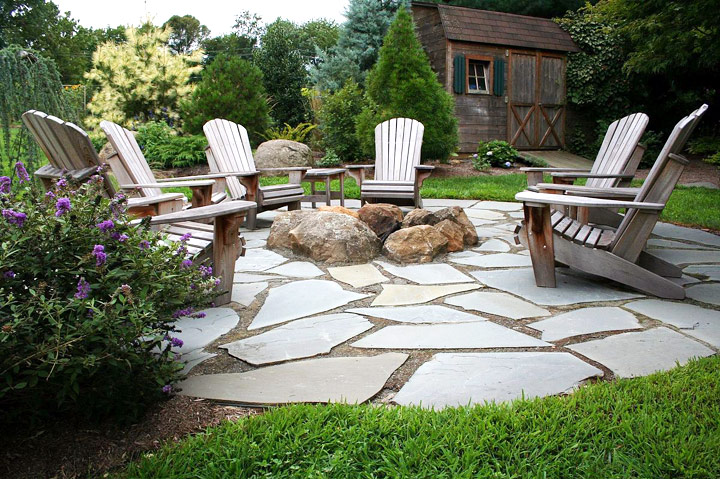



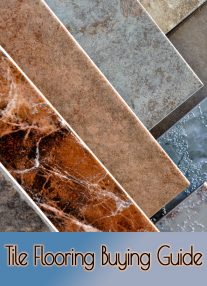
Leave a Reply